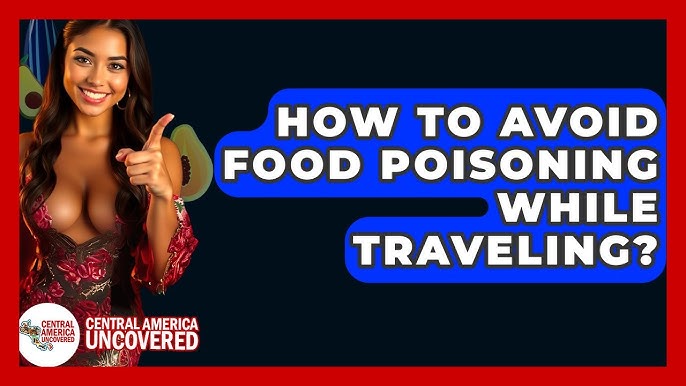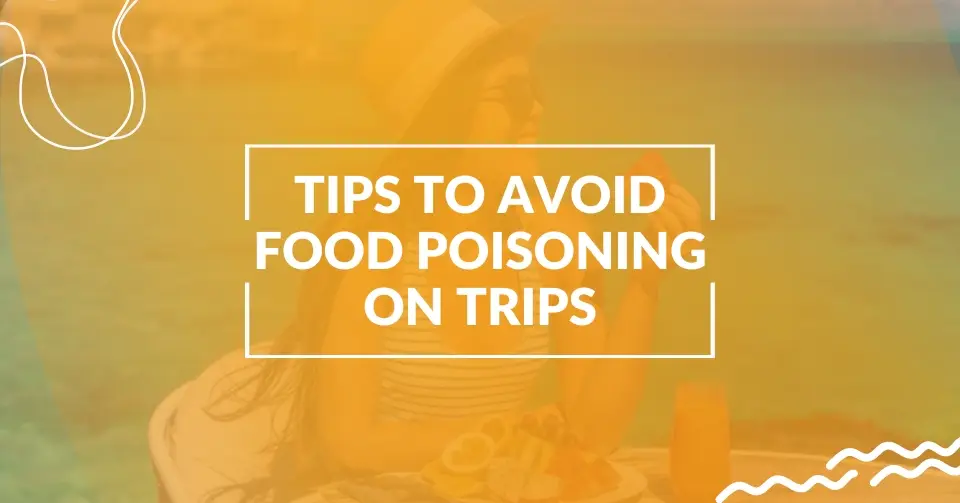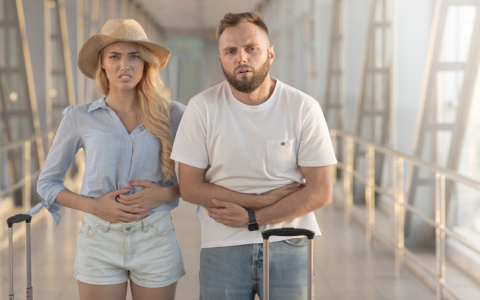Alright, let’s talk about dodging that dreaded travel tummy trouble. Been there, done that, got the t-shirt – and trust me, it’s the worst souvenir you can bring back. Ruined a whole week for me once in Southeast Asia. Never again. So, here’s what I actually do now, step-by-step, whenever I head out to somewhere new.

Before I Even Pack My Bags
First thing, I do a quick search online. Not for fancy restaurants, but for common food risks where I’m going. Are salads generally okay? Is the tap water a definite no-go? Knowing the local quirks helps a ton. I also throw a small kit together – some basic stomach meds, rehydration salts, that kind of stuff. Not because I plan on getting sick, but because if I do, I want relief fast without having to figure out a foreign pharmacy while feeling like death warmed over.
Water: My Golden Rule
This one’s simple for me: bottled water only. Sealed bottles. Period. I don’t care if locals drink the tap water, I don’t care if the hotel says it’s filtered. My stomach isn’t used to the local bugs. I learned this the hard way, spending two days glued to a toilet. It’s just not worth the risk. And that includes ice! Unless I know for sure it’s made from purified water (like in a decent hotel maybe), I ask for drinks with no ice. Yeah, warm soda isn’t ideal, but it beats being sick. I also use bottled water for brushing my teeth. Sounds paranoid? Maybe, but it works for me.
Picking What to Eat: My Street Smarts
Okay, food. This is where it gets tricky because you want to try the local stuff, right? Especially street food. Here’s my approach:
- Street Food Smarts: I don’t avoid it completely, but I’m picky. I look for stalls that are busy, especially with locals. High turnover means food isn’t sitting around. I watch them cook it. Is it being made fresh, right in front of me? Is it piping hot? If it looks like it’s been sitting in a lukewarm pot for hours, I walk away.
- Restaurant Recon: Same logic applies. Does it look clean? Are there other people eating there? A busy place is usually a good sign. An empty restaurant at peak dinner time? Sketchy.
- Things I Generally Avoid: This is personal, but I tend to skip raw salads and uncooked veggies unless I’m in a really high-end place I trust. Why? You don’t know how they were washed, or what water was used. Same goes for fruit I can’t peel myself. Bananas, oranges? Great. Grapes, berries? Risky. Buffets can also be dodgy if food sits out for ages at the wrong temperature. Raw seafood? Only if I’m near the coast and the place has a stellar reputation. Otherwise, hard pass.
The Obvious Stuff (That People Forget)
Wash your hands! Like, constantly. Before you eat, after you handle money, after you touch anything sketchy. Soap and water is best. If that’s not possible, hand sanitizer is my backup. Sounds basic, I know, but it’s amazing how often you touch stuff and then your face or food without thinking.
Listen to Your Gut (Literally)
Seriously, if something looks off, smells weird, or just gives you a bad feeling – don’t eat it. Doesn’t matter if someone else is eating it. Your instincts are usually pretty good. I’ve walked away from meals that just didn’t feel right, and I’ve never regretted it.

So yeah, that’s pretty much my playbook. It’s not rocket science, just a few habits I’ve picked up over the years, mostly through trial and error (and one very unpleasant error in particular). It lets me enjoy the adventure and the food without spending my trip praying to the porcelain god. Stay safe out there!









